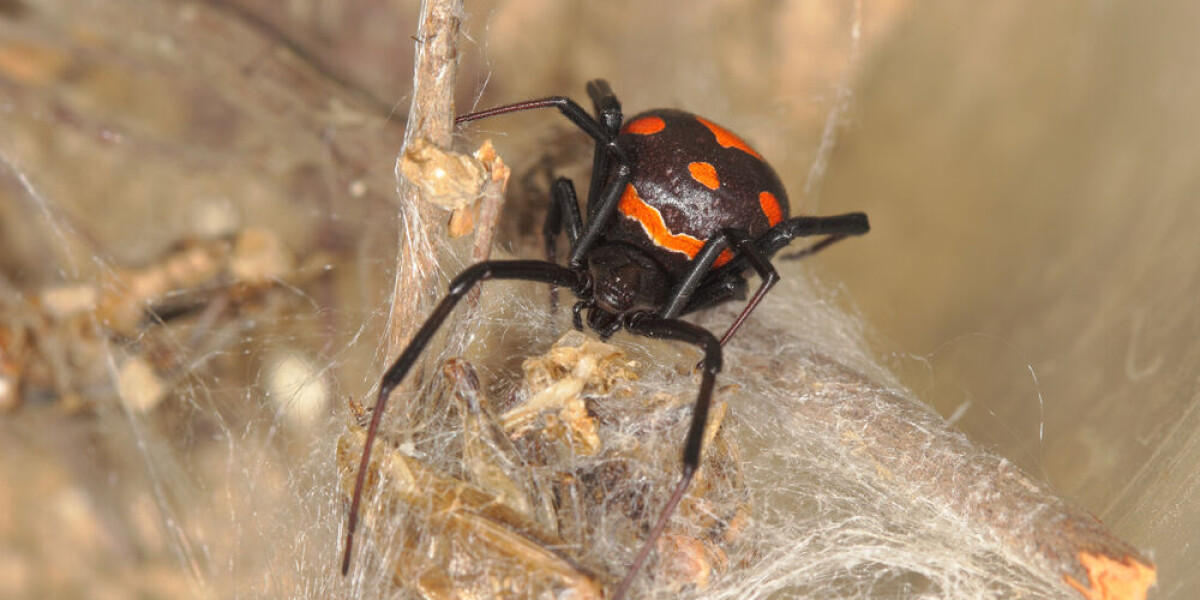
Black widow seen in southwest france for first time in two centuries
- Select a language for the TTS:
- UK English Female
- UK English Male
- US English Female
- US English Male
- Australian Female
- Australian Male
- Language selected: (auto detect) - EN
Play all audios:

THE ‘MOST DANGEROUS SPIDER IN EUROPE’ IS NORMALLY SEEN IN THE SOUTHEAST A spider dubbed ‘the most dangerous in Europe’ has been seen on the Atlantic coast, south west France, the first
sighting in the area in 200 years. The notorious black widow was seen in Cap-Ferret in Gironde (Nouvelle-Aquitaine) by naturalists at the end of October. It came after Christian Géry, a
retired professor and member of the entomology (insect study) group in Bordeaux, began to explore the area to search for new species. "I was looking for beetles behind plants and
that's when I saw a spider," he told ACTU BORDEAUX. Taken aback by what he saw, he sent a photo to an entomologist friend, who decided to contact an arachnologist (spider
specialist). They confirmed that the find was of a black widow spider (_Latrodectus tredecimguttatus_). The spider is usually found on the Mediterranean coast or Corsica. This is the first
time that the spider has been seen on the Atlantic coast for more than 200 years. Mr Géry said: “The spider may have been there for two centuries, but no one had seen it because they live
under plants in the dunes.” The black widow is identified by its black body, with 13 coloured spots. It is notorious for its poison and dominating behaviour, especially the female of the
species. When the female needs energy to lay eggs, it eats its male mate. A black widow bite contains toxins that paralyse the victim’s muscles. The spider then wraps its victim in its web.
Mr Géry said: “Its web isn’t really a ‘web’ as it’s not geometric. It’s not really a web but rather sticky filaments that are stronger than steel. “There is no real health risk for humans.
The venom is toxic but its bite is not fatal for humans. The dose of venom is not enough to kill a human.” However, a bite is still dangerous. It can paralyse the affected limbs for several
weeks. RELATED ARTICLES TOXIC SPIDER BITES TWICE IN A WEEK ‘MAY CONTAIN SPIDER’: HORROR AT LANGUAGE ERROR IN FRENCH SUPERMARKET
